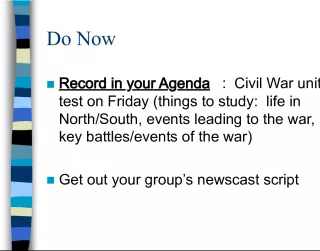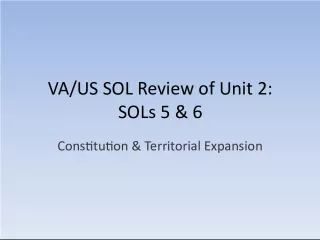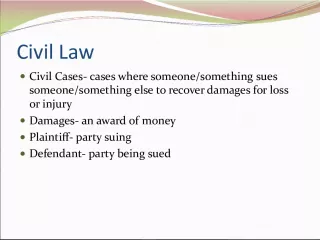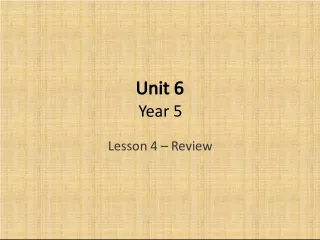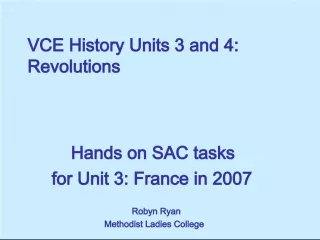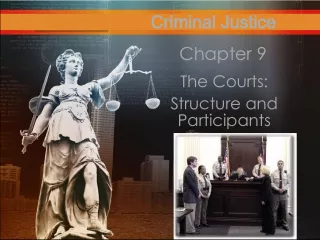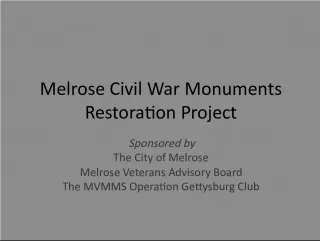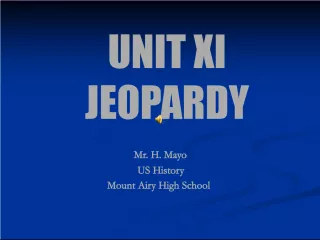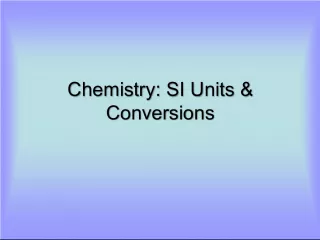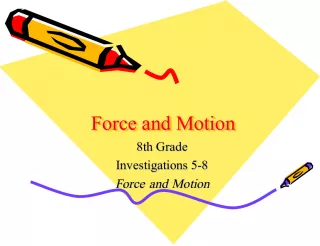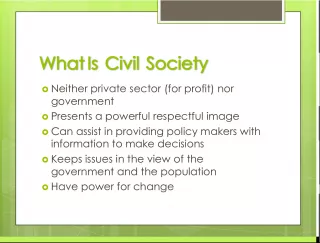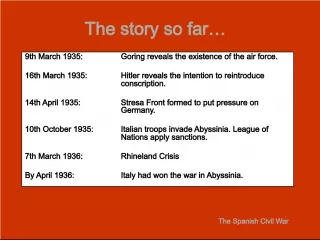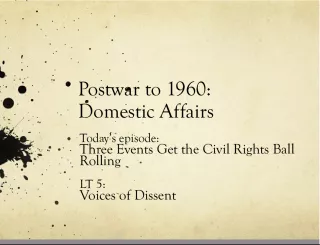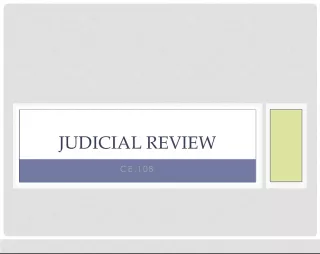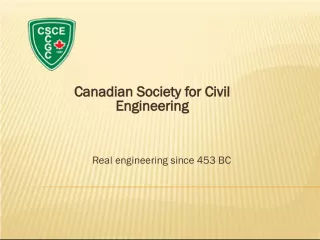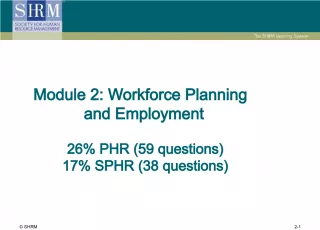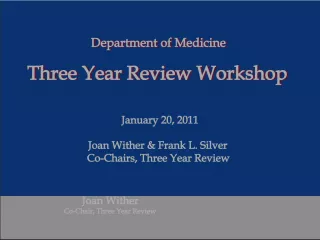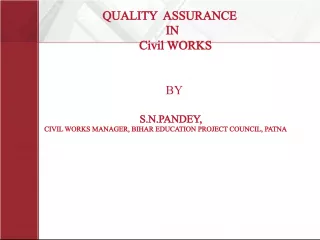VA US SOL Review: Unit 3 SOL 7 - Causes of the Civil War and Reconstruction
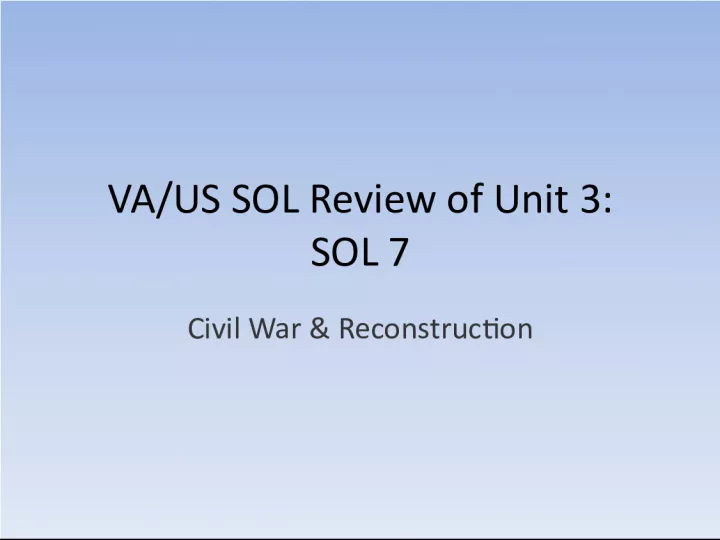

This review covers the causes of the Civil War, focusing on four major themes. The first theme is the sectional debate over tariffs,
- Uploaded on | 2 Views
-
 fridaolvera
fridaolvera
About VA US SOL Review: Unit 3 SOL 7 - Causes of the Civil War and Reconstruction
PowerPoint presentation about 'VA US SOL Review: Unit 3 SOL 7 - Causes of the Civil War and Reconstruction'. This presentation describes the topic on This review covers the causes of the Civil War, focusing on four major themes. The first theme is the sectional debate over tariffs,. The key topics included in this slideshow are . Download this presentation absolutely free.
Presentation Transcript
Slide1VA/US SOL Review of Unit 3:SOL 7 Civil War & Reconstruction
Slide2Causes of the Civil WarA. Sectional debate over tariffs - North favored high tariffs, South opposed them B. Extension of slavery in the territories -Balance of free to slave states C. Nature of the Union (States’ rights v. Federal Rights/ Power)
Slide3Causes of the Civil War…D. Northern abolitionists v. southern defenders of slavery -Contradictions between slavery & democracy E. Southern Fears: -Loss of political strength by the South in Congress -Southern fear that North was out to change/ destroy their way of life F. US Supreme Court decision in the Dred Scott case
Slide4Causes of the Civil War…G. Publication of Uncle Tom’s Cabin by Harriet Beecher Stowe H. Ineffective presidential leadership in the 1850s I. A history of failed compromises over the expansion of slavery in the territories J. President Lincoln’s call for federal troops in 1861
Slide5The Civil War• The secession of southern states triggered a long & costly war that concluded with a Northern victory and resulted in the restoration of the Union, and emancipation of the slaves. The Civil War put constitutional government to its most important test as the debate over the power of the federal government versus states’ rights reached a climax. The survival of the US as one nation was at risk, and the nation’s ability to bring to reality the ideals of liberty, equality & justice depended on the outcome of the war.
Slide6Lincoln elected: Nov 6, 1860 • However, only 40% of the US population voted for him. Before he was even inaugurated, the South started to secede from the Union because they feared he would abolish slavery . • He was sworn in as our 16 th President on March 4, 1861.
Slide7Secession!: SC Dec. 20, 1860 Secession!: SC Dec. 20, 1860
Slide8Fort Sumter: April 12, 1861 Fort Sumter: April 12, 1861
Slide9Battle of Antietam “Bloodiest Single Day of the War” Battle of Antietam “Bloodiest Single Day of the War” Battle of Antietam “Bloodiest Single Day of the War” Battle of Antietam “Bloodiest Single Day of the War” 23,000 casualties 23,000 casualties 23,000 casualties 23,000 casualties September 17, 1862 September 17, 1862 September 17, 1862 September 17, 1862
Slide10TheEmancipation Proclamation The Emancipation Proclamation - issued after the Battle of Antietam The Emancipation Proclamation The Emancipation Proclamation - issued after the Battle of Antietam
Slide11The Road to Gettysburg: 1863 The Road to Gettysburg: 1863 The Road to Gettysburg: 1863 The Road to Gettysburg: 1863 Gettysburg was a turning point of the Civil War.
Slide12Sherman’s “March to the Sea” through Georgia, 1864 Sherman’ s “March to the Sea” through Georgia, 1864 Sherman’ s “March to the Sea” through Georgia, 1864 Sherman’ s “March to the Sea” through Georgia, 1864
Slide131864 Election 1864 Election 1864 Election 1864 Election Pres. Lincoln (R) Pres. Lincoln (R) Pres. Lincoln (R) Pres. Lincoln (R) George McClellan (D) George McClellan (D) George McClellan (D) George McClellan (D)
Slide14The Final Virginia Campaign: 1864-1865 The Final Virginia Campaign: 1864-1865 The Final Virginia Campaign: 1864-1865 The Final Virginia Campaign: 1864-1865
Slide15Surrender at Appomattox April 9, 1865 Surrender at Appomattox April 9, 1865 -Lee surrendered to Grant -Lee surrendered to Grant Surrender at Appomattox April 9, 1865 Surrender at Appomattox April 9, 1865 -Lee surrendered to Grant -Lee surrendered to Grant
Slide16Presidents during the Civil War Presidents during the Civil War Presidents during the Civil War Presidents during the Civil War Jefferson Davis (CSA) Jefferson Davis (CSA) Jefferson Davis (CSA) Jefferson Davis (CSA) Abraham Lincoln (USA) Abraham Lincoln (USA) Abraham Lincoln (USA) Abraham Lincoln (USA)
Slide17Military Leaders during the Civil War Military Leaders during the Civil War Military Leaders during the Civil War Military Leaders during the Civil War - Union Military Commander - Union Military Commander (U.S. Grant) (U.S. Grant) -Became President of the US during most of Reconstruction -Became President of the US during most of Reconstruction - Union Military Commander - Union Military Commander (U.S. Grant) (U.S. Grant) -Became President of the US during most of Reconstruction -Became President of the US during most of Reconstruction Ulysses S. Grant Ulysses S. Grant Ulysses S. Grant Ulysses S. Grant
Slide18Military Leaders during the Civil War Military Leaders during the Civil War Military Leaders during the Civil War Military Leaders during the Civil War Robert E. Lee (Confederate) Robert E. Lee (Confederate) Robert E. Lee (Confederate) Robert E. Lee (Confederate) - Confederate General of the Army of Northern VA. - Confederate General of the Army of Northern VA. -Opposed secession but couldn’t fight against home state of VA -Opposed secession but couldn’t fight against home state of VA -Lincoln’s 1 st -Lincoln’s 1 st choice for General choice for General -After Appomattox he urged Southerners to accept defeat & rejoin the Union -After Appomattox he urged Southerners to accept defeat & rejoin the Union - Confederate General of the Army of Northern VA. - Confederate General of the Army of Northern VA. -Opposed secession but couldn’t fight against home state of VA -Opposed secession but couldn’t fight against home state of VA -Lincoln’s 1 st -Lincoln’s 1 st choice for General choice for General -After Appomattox he urged Southerners to accept defeat & rejoin the Union -After Appomattox he urged Southerners to accept defeat & rejoin the Union
Slide19Influential Leader during/ after the Civil War Influential Leader during/ after the Civil War Influential Leader during/ after the Civil War Influential Leader during/ after the Civil War Frederick Douglass Frederick Douglass Frederick Douglass Frederick Douglass -Former slave -Former slave -Prominent abolitionist -Prominent abolitionist -Fought for Blacks to be allowed to join the Union army -Fought for Blacks to be allowed to join the Union army -Became an Ambassador to Haiti after the CW -Became an Ambassador to Haiti after the CW -Former slave -Former slave -Prominent abolitionist -Prominent abolitionist -Fought for Blacks to be allowed to join the Union army -Fought for Blacks to be allowed to join the Union army -Became an Ambassador to Haiti after the CW -Became an Ambassador to Haiti after the CW
Slide20“Words” of Lincoln• Lincoln’s Gettysburg Address said the US was one nation, not independent sovereign states. – Nation “of the people, by the people & for the people.” • Lincoln believed the Civil War was fought to fulfill the promise of the Declaration of Independence & was a “ 2 nd American Revolution.”
Slide21Lincoln’s Words…• The Emancipation Proclamation – Freed slaves in the “rebelling” states (ones that had seceded ) – Made abolishing slavery a Northern war aim – Discouraged any interference of foreign governments – Allowed blacks to enlist in the Union army • Gettysburg Address – Described the Civil War as a struggle to preserve a nation dedicated to the proposition that “ all men are created equal ” and that was ruled by a government “ of the people, by the people & for the people ” – Believed America was “ one nation ;” not a collection of sovereign states.
Slide22Put in Chronological Order• Dred Scott Decision • Abraham Lincoln elected President • Kansas-Nebraska Act • Lee surrenders at Appomattox • Lincoln gives Gettysburg Address • Nat Turner leads slave rebellion • Missouri Compromise • Shots fired at Fort Sumter • South defeated at Antietam • Uncle Tom’s Cabin published • Emancipation Proclamation issued • Lincoln’s call for federal troops • Battle of Gettysburg • Fugitive Slave Law 6 2 1 8 10 4 11 9 12 3 7 5 14 13
Slide23Political Effects of the War• Lincoln’s view that the US was one indivisible nation had prevailed • Lincoln believed that since secession was illegal, Reconstruction was just a matter of installing governments loyal to the Union • Lincoln didn’t want to punish the South. He said, “Act with malice towards none, with charity for all… to bind up the nation’s wounds .”
Slide24Political Effects of the War• The assassination of Lincoln after Lee’s surrender at Appomattox allowed the Radical Republicans to take over Reconstruction in a manner much more punitive towards the South. They put the South under military occupation. • Radical Republicans wanted to guarantee rights to former slaves. The new President, Andrew Johnson , fought with them over the civil rights. They even tried to impeach him but failed.
Slide25The Civil War Amendments• Remember: Free Citizens Vote – 13 th Amendment = Abolished slavery • Slaves are now “ Free ” – 14 th Amendment = Citizenship & prohibited states from denying equal rights under the law • Blacks, who as slaves had been property, are now “ citizens ” – 15 th Amendment = Allowed black men to vote • Black (men) can “ vote ”
Slide26Economic Impact from the Civil Warfor the South • Left embittered and devastated • Farms, railroads & factories had been destroyed in the South • Confederate money was worthless • Many cities and towns such as Richmond & Atlanta were in ruins • Source of labor was changed due to loss of life during the war & ending slavery • Remained an agricultural-based economy & really poor for decades after the War
Slide27Economic Impact from the Civil Warfor the North • Emerged with strong & growing industrial economies, laying the foundation for the sweeping industrialization of the nation • Helped the US become a global economic power by the beginning of the 20 th century • The completion of the Transcontinental Railroad after the war ended intensified the westward movement of settlers.
Slide28Impact of the Civil War on People• African-Americans – The Emancipation Proclamation allowed for the enlistment of African American soldiers. • Common Soldiers – Warfare often involved hand-to-hand combat – War time diaries and letters home record this harsh reality. – After the war, especially in the South, soldiers returned home to find homes destroyed and poverty. Soldiers on both sides lived with permanent disabilities . • Women – Managed homes and families with scarce resources – Often faced poverty and hunger – Assumed new roles in agriculture, nursing and in war industries
Slide29The End of Reconstruction• The Reconstruction period ended following the extremely close presidential election of 1876. • In return for support from Southern Democrats in the electoral college vote, the Republicans ended military occupation. • Known as the Compromise of 1877 , this enabled former Confederates who controlled the Democratic Party to regain power. • It opened the door to the “Jim Crow Era ,” which limited the rights of blacks in the South.
Slide30Post-War Contributions of Leaders• Ulysses S. Grant – Urged Radical Republicans not to be harsh with former Confederates – Elected President and served during most of Reconstruction – Advocated rights for the freedman – Opposed retribution directed to the defeated South • Robert E. Lee – Urged Southerners to reconcile and rejoin the United States – Served as President of Washington College (Washington & Lee University today) – Emphasized the importance of education to the nation’s future • Frederick Douglass – Supported full equality for African-Americans – Advocated for the passage of the 14 th & 15 th Amendments – Encouraged federal government actions to protect the rights of the freedmen in the South – Served as ambassador to Haiti and in the civil service
Slide31Question Time!!!Show me what you know
Slide321.Which effect of the Civil War on the South is illustrated by this photograph? A. Industrial pollution B. Economic devastation C. Political corruption D. Agricultural destruction Richmond, VA
Slide332. uprisings led by nat turner & gabriel prossercontributed to the Southern states’ decisions to- A. Pass harsh fugitive slave laws B. Accept the Missouri Compromise C. Enact Jim Crow legislation D. Support the passing of higher tariffs
Slide343. In the Gettysburg Address, PresidentAbraham Lincoln rejected the idea that the country was--- A. A federation of sovereign states B. A society based on equality C. Committed to unity at any cost D. Founded on democratic ideals
Slide354. The Battle of Gettysburg was a significantevent of the Civil War because it--- A. Caused states to secede from the Union B. Was the opening conflict of the war C. Forced the surrender of the South D. Was the turning point of the war
Slide365. Which man was a United States Senator whobecame the leader of the Confederacy? A. Robert E. Lee B. Jefferson Davis C. Nat Turner D. Stonewall Jackson
Slide376. This statement expressed President Lincoln’splans for--- A. Creating a strategy for a Union victory B. Eliminating Jim Crow laws C. Convincing Congress to abolish slavery D. Readmitting the Confederate states With malice toward non; with charity for all…let us strive…to bind up the nation’s wounds… -Abraham Lincoln, Second Inaugural Address
Slide387. One major economic impact of the Civil Warwas the --- A. Emergence of the South as a manufacturing center B. Increase in the number of laborers relocating to the South C. Strengthening of the North and Midwest industrial regions D. Increase in tariffs imposed on French & British goods
Slide398. What failed to carry out the ideals expressedin the Declaration of Independence? A. Bill of Rights B. Dred Scott decision C. 14 th amendment D. Voting Rights Act of 1965
